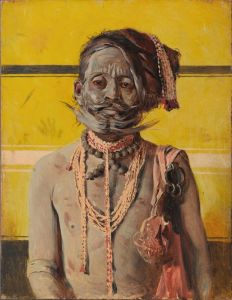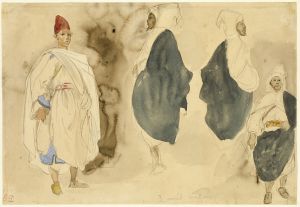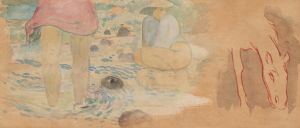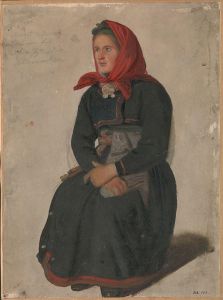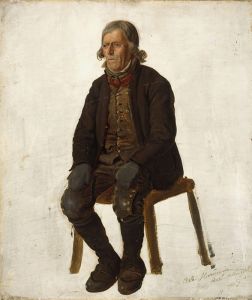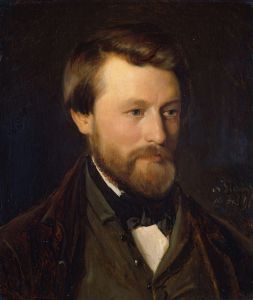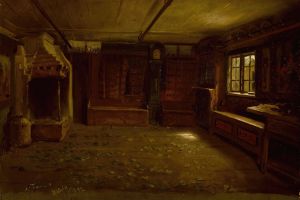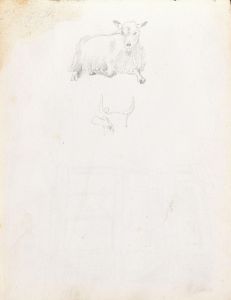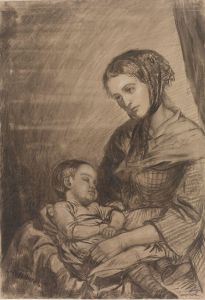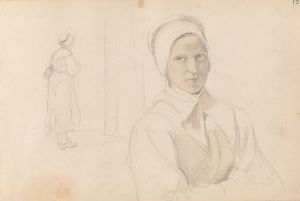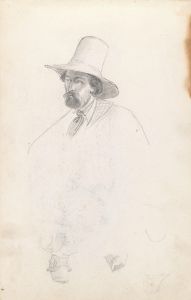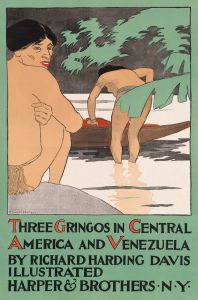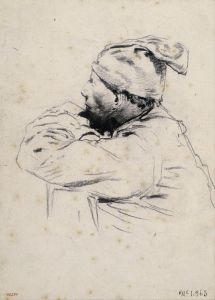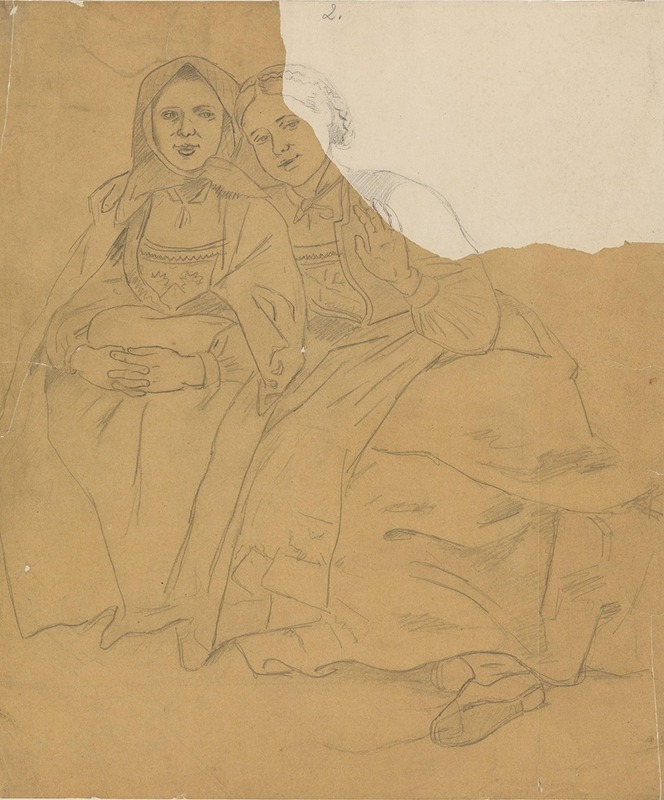
To sittende bunadskledde jenter
A hand-painted replica of Adolph Tidemand’s masterpiece To sittende bunadskledde jenter, meticulously crafted by professional artists to capture the true essence of the original. Each piece is created with museum-quality canvas and rare mineral pigments, carefully painted by experienced artists with delicate brushstrokes and rich, layered colors to perfectly recreate the texture of the original artwork. Unlike machine-printed reproductions, this hand-painted version brings the painting to life, infused with the artist’s emotions and skill in every stroke. Whether for personal collection or home decoration, it instantly elevates the artistic atmosphere of any space.
Adolph Tidemand's painting To sittende bunadskledde jenter (translated as Two Seated Girls in National Costumes) is a notable work by the Norwegian artist, created in 1851. Tidemand, a central figure in Norwegian romantic nationalism, is renowned for his depictions of rural life, traditional customs, and national identity during the 19th century. This painting is a fine example of his dedication to portraying Norwegian folk culture.
The artwork features two young women seated outdoors, dressed in traditional Norwegian bunads, which are regional folk costumes. Bunads are often associated with national pride and cultural heritage, and their inclusion in the painting reflects Tidemand's interest in documenting and celebrating Norway's rural traditions during a time of growing national consciousness. The specific region or type of bunad depicted in the painting is not explicitly identified, but the costumes are rendered with careful attention to detail, showcasing Tidemand's skill in capturing the textures and patterns of traditional clothing.
The setting of the painting is a natural outdoor environment, typical of Tidemand's works, which often emphasize the connection between people and the Norwegian landscape. The two women are seated on a grassy area, with a serene and contemplative atmosphere conveyed through their poses and expressions. The composition is simple yet evocative, focusing on the figures and their attire while suggesting a sense of quiet dignity and cultural pride.
To sittende bunadskledde jenter is part of Tidemand's broader body of work that sought to preserve and celebrate Norwegian traditions during a period when the country was seeking to assert its cultural identity, particularly following its independence from Denmark in 1814 and its union with Sweden. Tidemand's art played a significant role in shaping the visual representation of Norwegian heritage and contributed to the romantic nationalist movement in Norway.
The painting is housed in the National Museum of Art, Architecture and Design in Oslo, Norway, where it remains an important piece of the nation's artistic and cultural history. Adolph Tidemand's legacy as one of Norway's most influential painters is closely tied to works like this, which continue to be appreciated for their historical and cultural significance.





